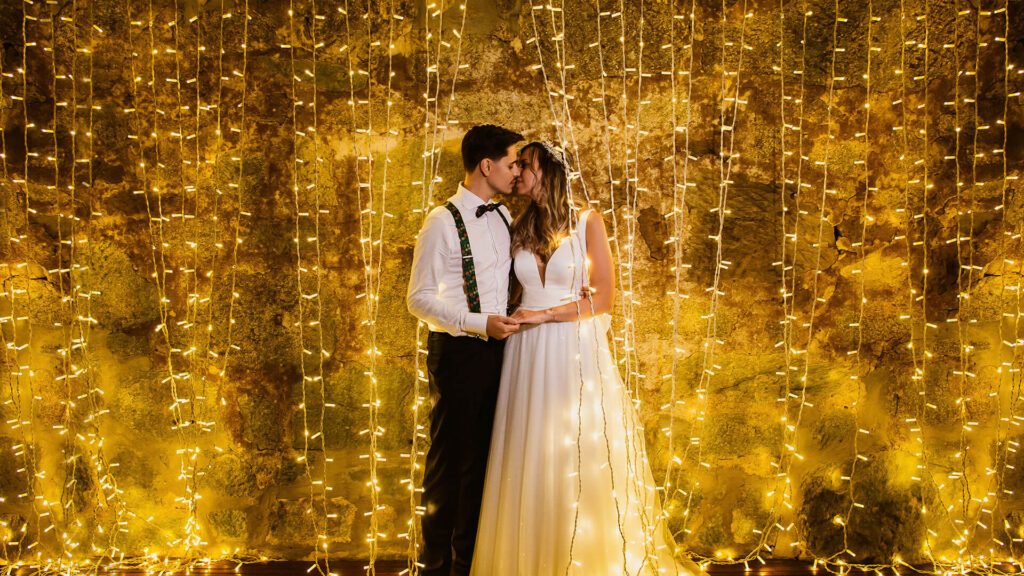Wedding Choreography

Wedding choreography refers to the process of creating and teaching a dance routine specifically designed for a wedding celebration. It involves working with the couple or individuals to create a personalized and memorable dance performance for their special day. Wedding choreography can encompass various dance styles, such as ballroom, contemporary, salsa, or even a fusion of different genres.
Here are some key aspects of wedding choreography:
Tailored to the Couple: Wedding choreography takes into consideration the couple’s preferences, dance abilities, and comfort level. The choreographer works closely with the couple to understand their vision and design a dance routine that reflects their personalities and love story.
Song Selection: The choice of music is an essential part of wedding choreography. The choreographer helps the couple select a song that holds significance to them or resonates with the theme of their wedding. The choreography is then crafted to complement the rhythm, mood, and lyrics of the chosen song.
Skill Level and Instruction: Wedding choreography takes into account the couple’s dance experience. The choreographer designs steps and movements that are suitable for their skill level, ensuring they feel confident and at ease while performing. Instruction is provided to break down the choreography into manageable sections and teach the couple the necessary techniques.
Practice and Rehearsals: Regular practice sessions and rehearsals are essential to master the choreography and build muscle memory. The choreographer sets a rehearsal schedule and guides the couple through the routine, providing feedback, corrections, and guidance to enhance their performance.
Customization and Personalization: Wedding choreography often includes personalized elements to make the dance unique and special. This can involve incorporating specific moments, surprises, or interactions that reflect the couple’s relationship and story. Customization adds a personal touch and makes the performance more meaningful.
Coordination with Wedding Timeline: The choreographer collaborates with the couple and the wedding planner to ensure the dance performance is seamlessly integrated into the wedding day timeline. This involves coordinating with the DJ or band to cue the music at the right moment and communicating with the wedding party or guests if they are involved in the dance.
Confidence Building: Wedding choreography not only focuses on teaching the dance routine but also helps build confidence in the couple. The choreographer creates a supportive and encouraging environment, enabling the couple to feel comfortable and empowered as they prepare for their performance.
Performance on the Wedding Day: On the wedding day, the couple showcases their choreographed dance in front of their guests. The choreographer may be present to provide any last-minute instructions or assistance, ensuring the performance runs smoothly and flawlessly.
Wedding choreography adds a special touch to a couple’s wedding celebration, creating a memorable and captivating moment for them and their guests. It allows the couple to express their love and celebrate their union through the art of dance, creating cherished memories that will be treasured for a lifetime.
